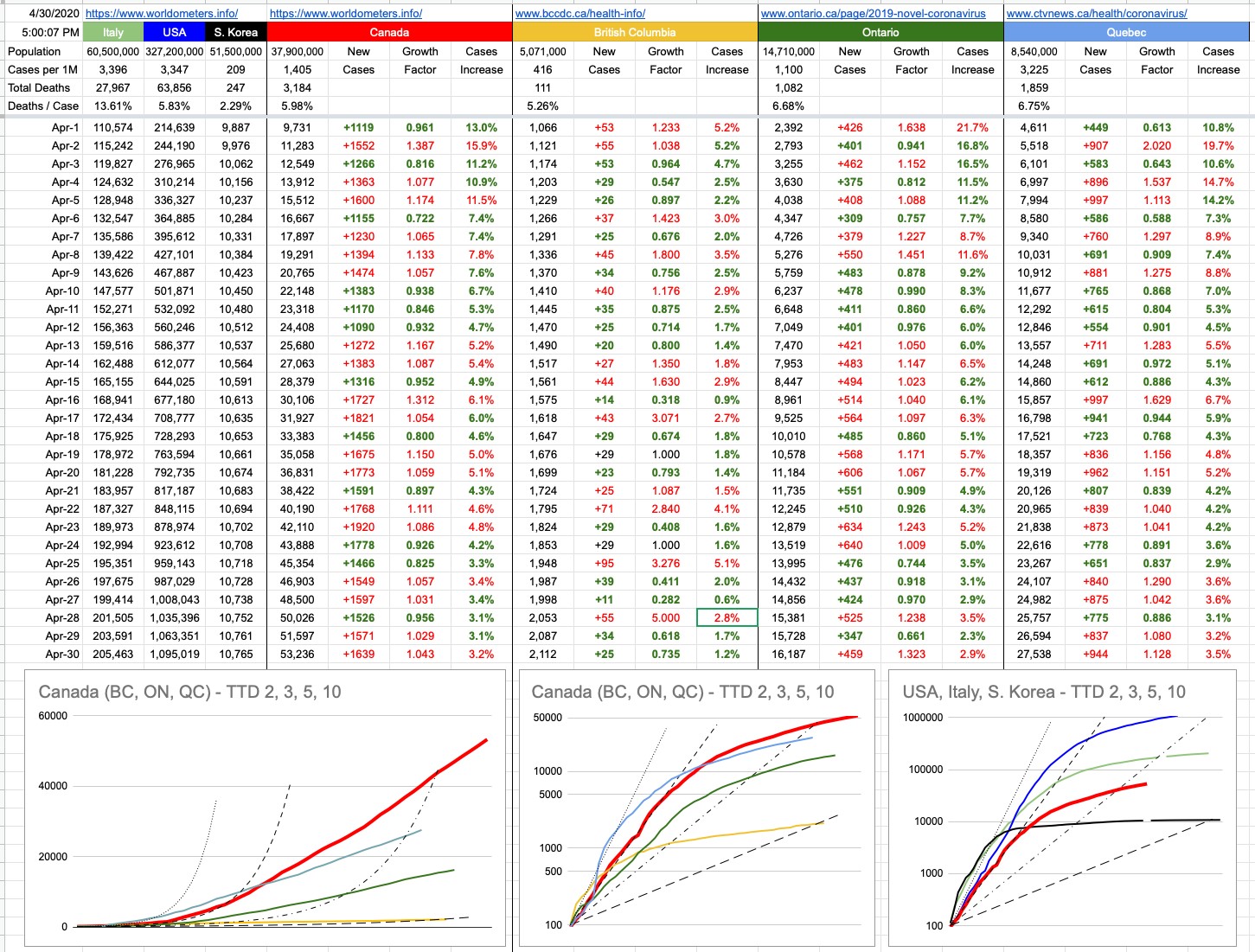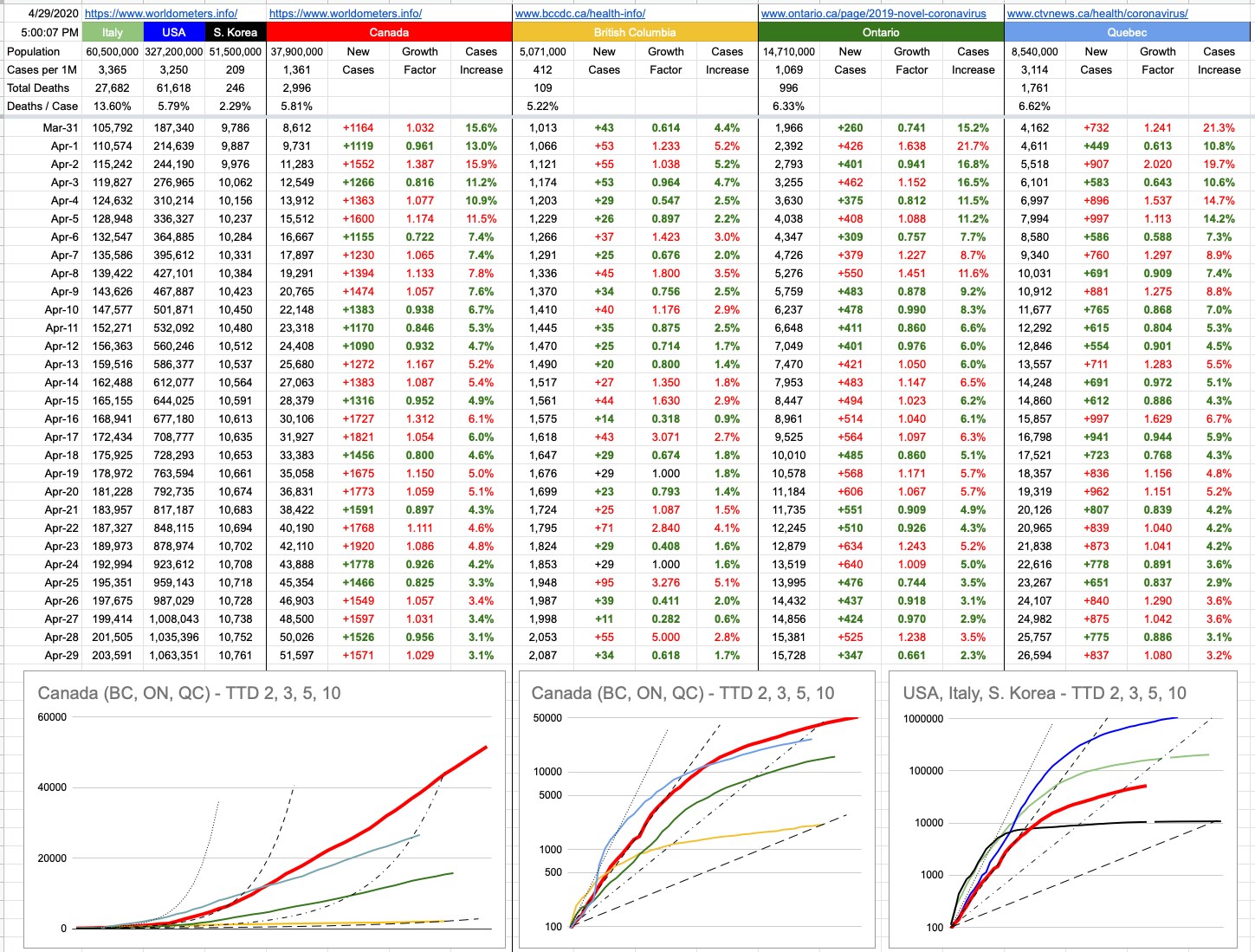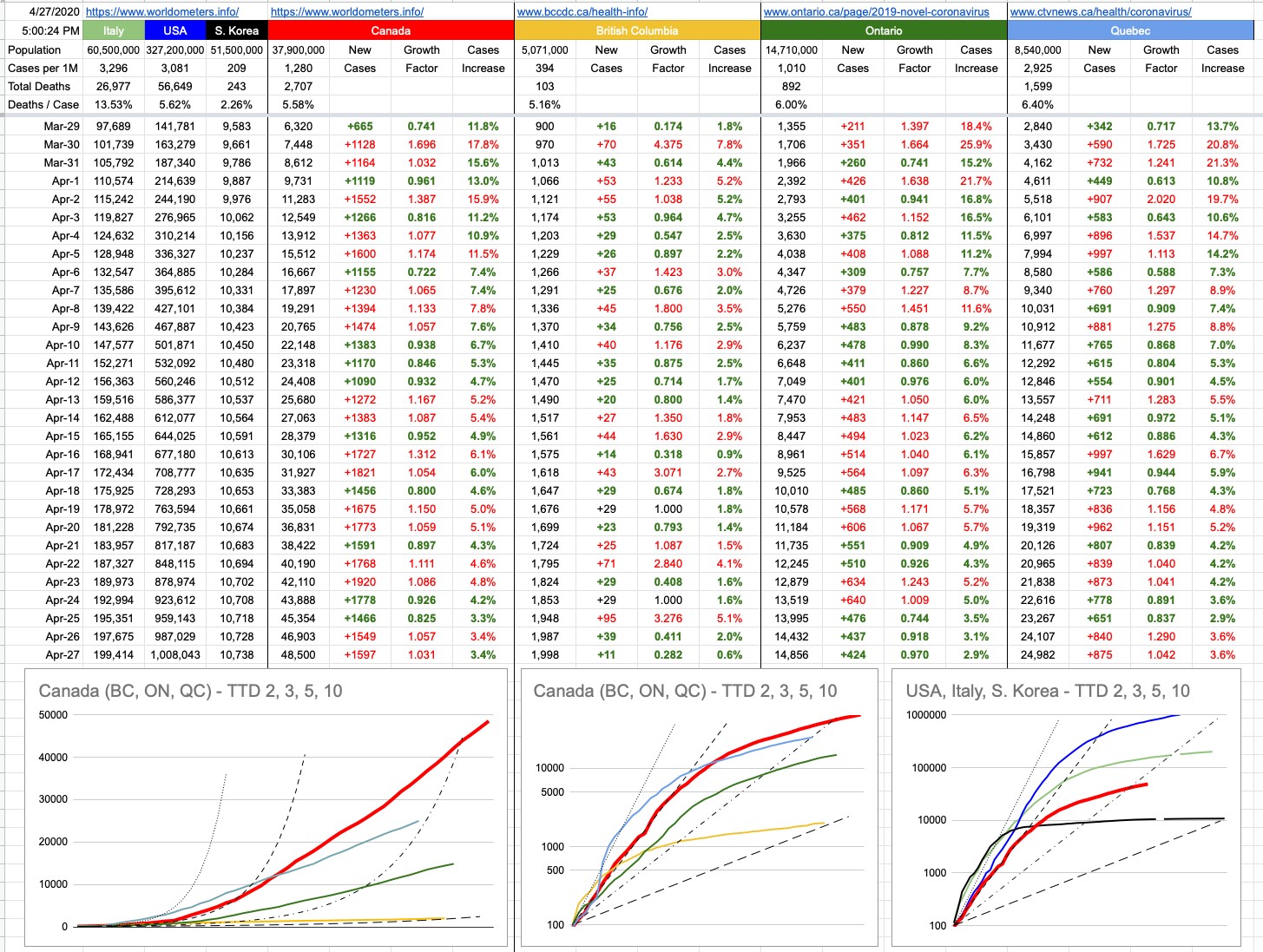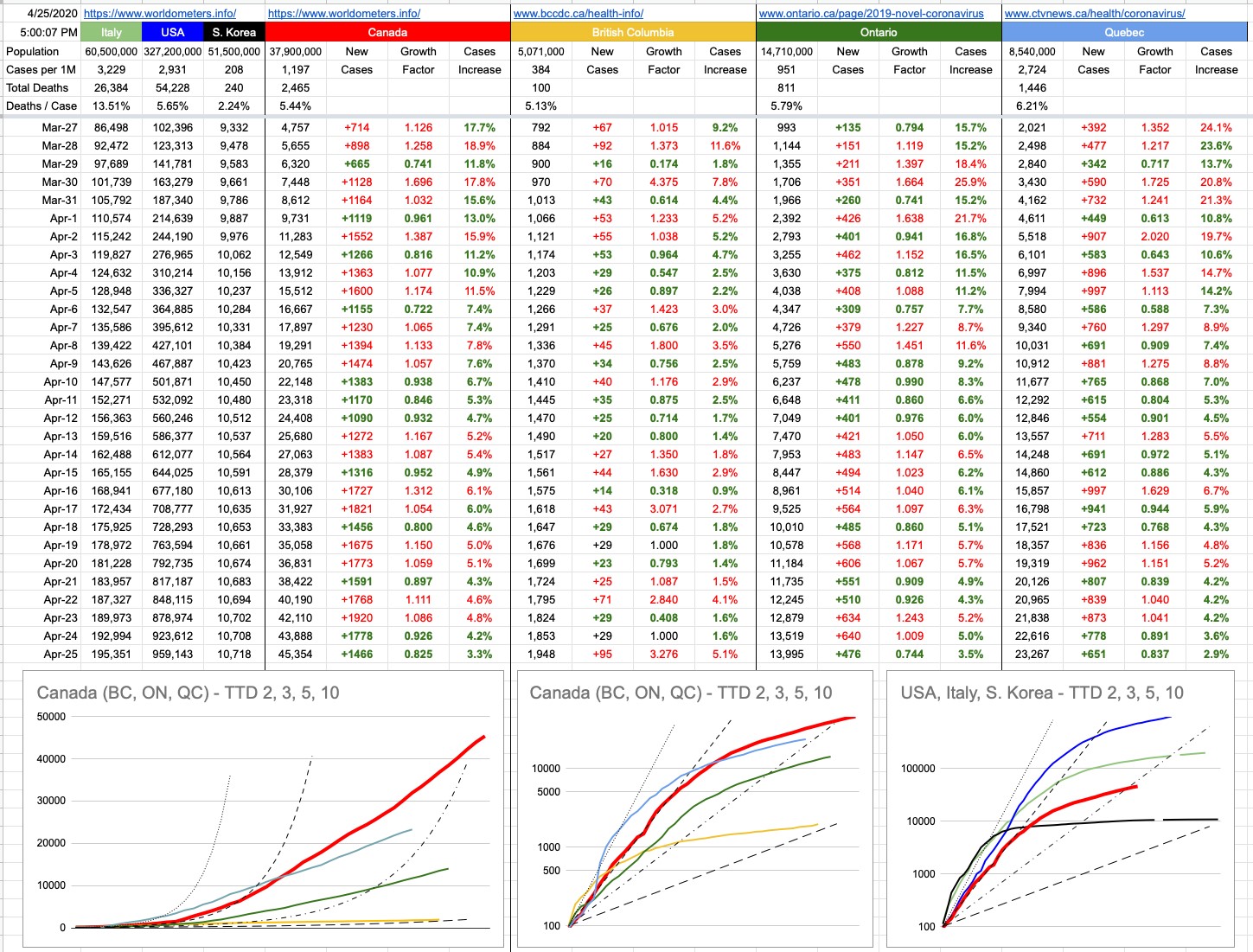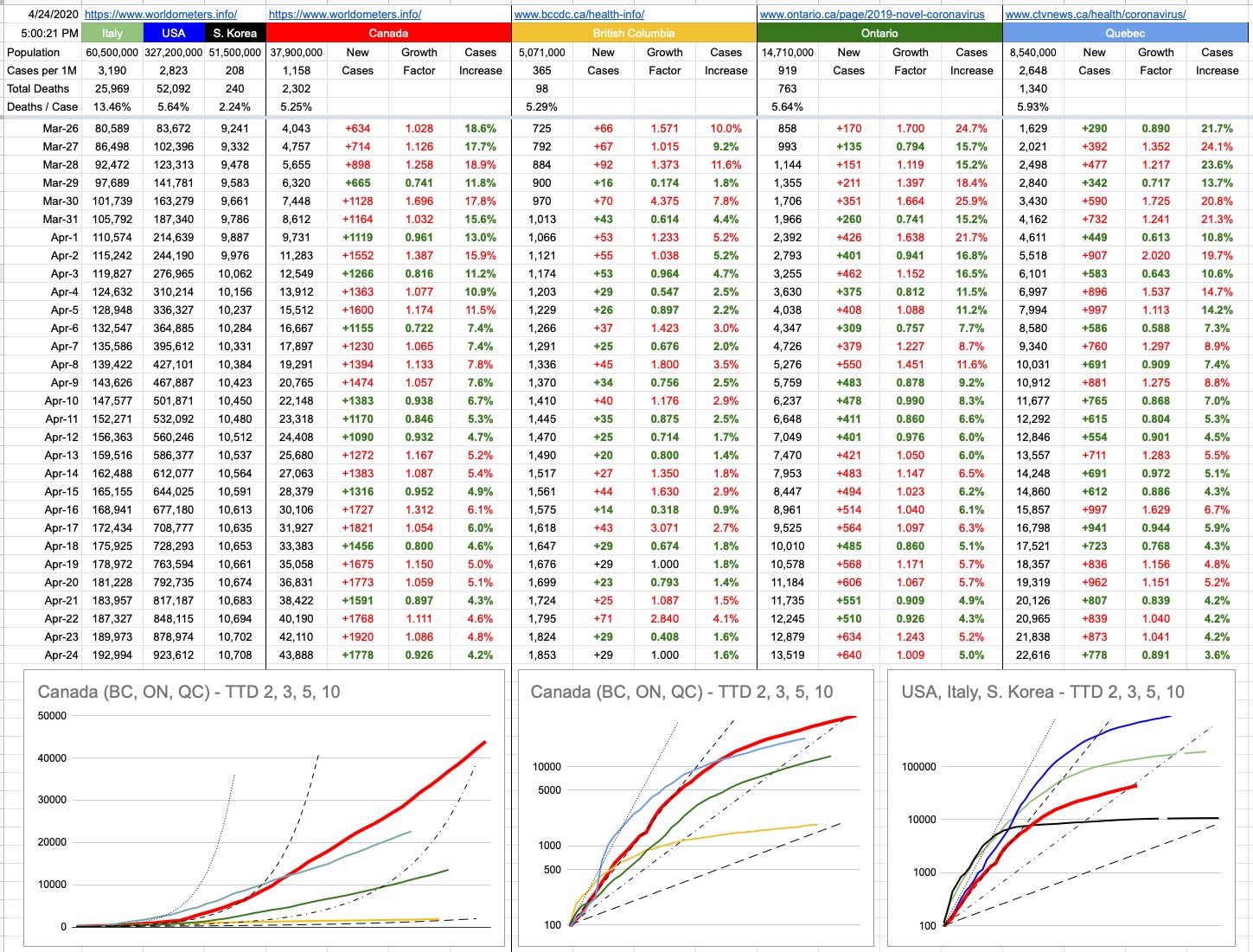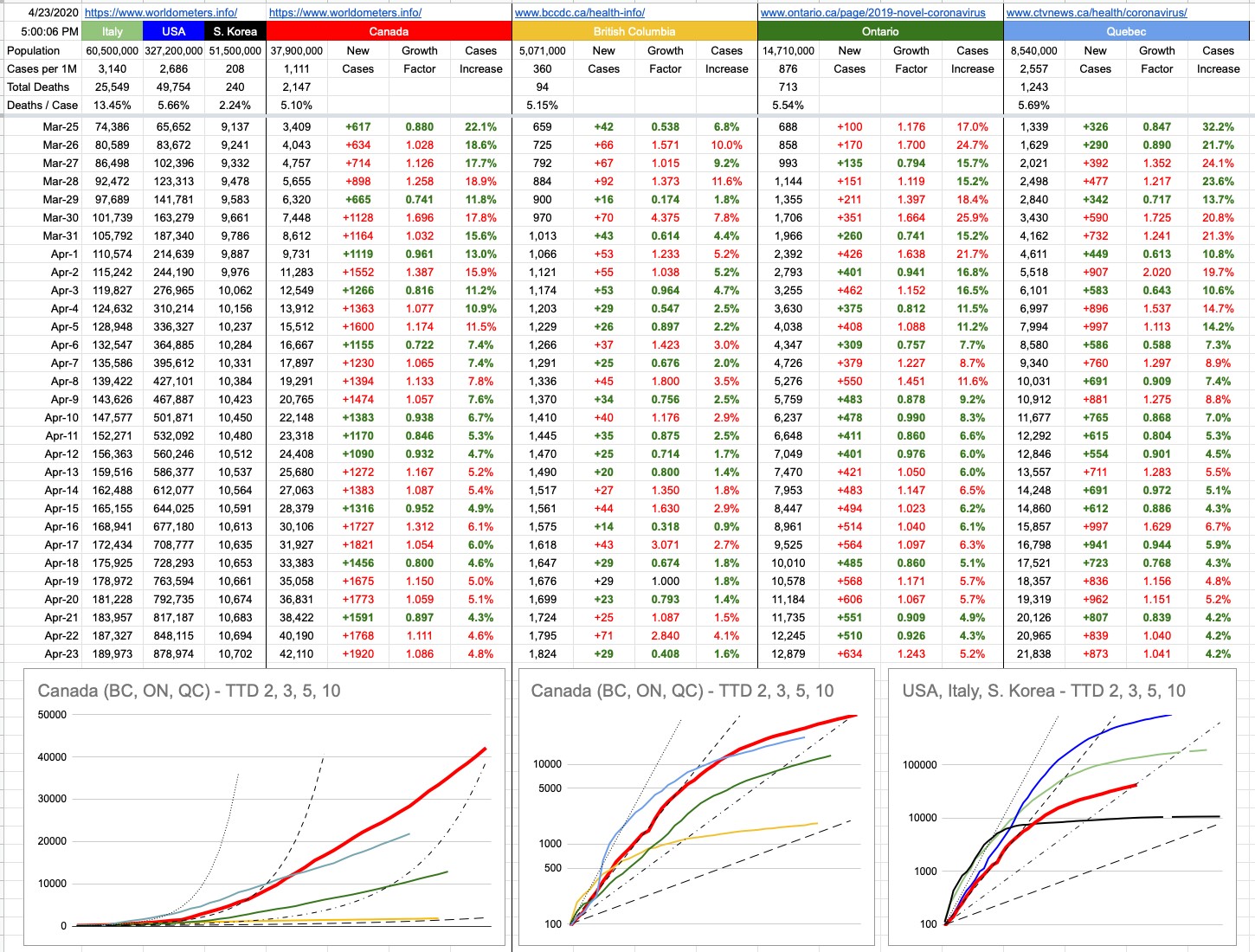Day 47 – May 2, 2020
The first Saturday in May… The Most Exciting Two Minutes in Sport… The Run for the Roses… even if you know nothing whatsoever about horse racing, you’ve heard of it. And if you’ve ever been flipping channels on some random first Saturday in May and stumbled upon it on NBC, perhaps you stopped and took it all in. The Kentucky Derby — up to 20 horses, all of them among the best 3-year-olds in the world.
Since 1875, every single year… through two world wars, through the great depression… without interruption… until today.
The pomp, the pageantry, the intrigue, the expectations, the finely-tailored suits, the elegant dresses, the big fancy hats, the mint juleps, the magnificent horses, the colourful jockeys, the call to the post, the singing of “My Own Kentucky Home”, the post parade and… of course… the race itself. For the first time since… ever… Churchill Downs is empty today. Louisville, Kentucky, home of the derby (and Muhammad Ali and KFC) is a relative ghost town. All of it postponed until the first Saturday… in September.
NBC, who has held the broadcasting rights to the race since 2001 and who blocked-off the usual 3 hours of coverage, managed to fill it with some excellent content… jumping between past and present day. The only word to describe the opening shots… haunting. The show opened to several pans of Churchill Downs, completely empty. Not a soul in sight. If you’d told me 6 months ago that that’s what we’d be looking at, I’m not sure I could’ve come up with a scenario to explain it, short of World War III — but even then, the previous two didn’t stop it.
There were lots of present-day isolated interviews, a re-run of the 2015 Kentucky Derby, and all of the storylines leading up to its winner (and eventual Triple Crown winner) American Pharoah. And then, the coolest part of it, especially being a tech-guy… they ran a simulated race with the best 13 of the historical winners — all 13 triple-crown winners battling each other. Their lifetime past-performances, meticulously and professionally put together by the folks at The Daily Racing Form, thrown into a simulation and rendered beautifully. I must admit, it was exciting to watch.
Secretariat won this virtual race, really to nobody’s surprise. He was voted “Horse of the Century” for a reason and, again — if you know nothing about horse racing, at least go to YouTube and pull up his Belmont Stakes win in 1973 — that’s all you need to see.
Secretariat was the betting favourite in all but one race he ever ran, and he was the betting favourite today. And… interesting stat, if you look at any racetrack in the world, from any period of time… the rate at which favourites win is remarkably consistent… between 32% and
36%.
An interesting thing about that… odds are not set by a bookie; they’re set by you and me. These days, odds in racing fluctuate as people bet on different horses, and so the horse on which most money is bet… is the favourite. That means, roughly one third of the time, the crowd consensus is right. Which means the majority of the time, like 2 out of 3 times, everyone is wrong. Not totally wrong, because, after all, it’s a horse race, and anything can happen.
Which really summarizes where we all are today. Nobody is at Churchill Downs sipping mint juleps (the provider of mint to the track is stuck with two tons of it). Nobody is anywhere, really… but we’re slowly emerging. So let’s pretend we’re all racehorses, all of us with our individual styles, all of us trying to win. Some of us like to sprint to the front and hope we hang on. Some of us like to sit mid-pack and make a late move. Some of us like to sit far back, let everyone else get tired, and then take a huge run at the end.
There are a few issues that can arise. Like if you are the type that likes to run out in front of everyone, but you had a bad start and after a few steps, everyone is ahead of you. Or you like to come from way behind, but nobody is running that fast and nobody is getting tired enough for you to have a chance to make up ground. Or you’re sitting happily in the middle of the pack, but unfortunately can’t find any room to make a move when it’s time because you’re blocked on all sides, by the rail or other horses. It was a great plan… but now it’s time to course-correct.
Some of us want to sprint back to work, or at least want others to do so. Some of us want to hang back until we feel we’re comfortable making a move. Some of us will just go with the pack and see where it takes us. And some of us, like two thirds of us, if you stick to this metaphor… will probably wind up going about things differently than we’d planned. And, of course, this is a humungous racetrack that’s thousands of miles all around, with 7 billion horses and staggered starts and a lot of conflicting bets and misaligned interests… so yes, the metaphor falls apart, but the general idea of it is the same… we’re all running in the same direction trying to reach a common goal. The biggest difference is that this race can have lots of winners, not just one… and the strategy that we run with (or is imposed upon us) can make a huge difference. It will make a big difference — all the difference.
Let’s all run an intelligent race, and get to that finish line safely.
View Original Post and All Comments on Facebook




